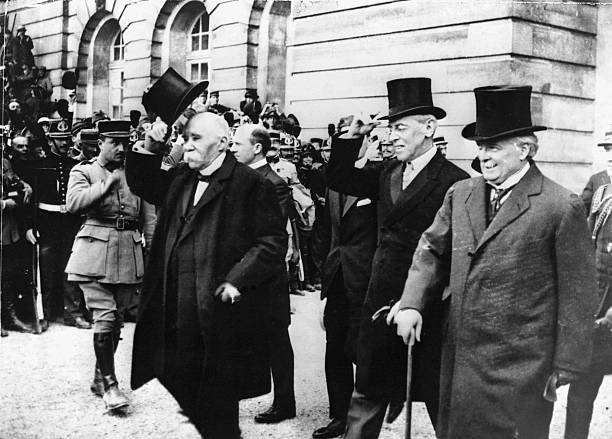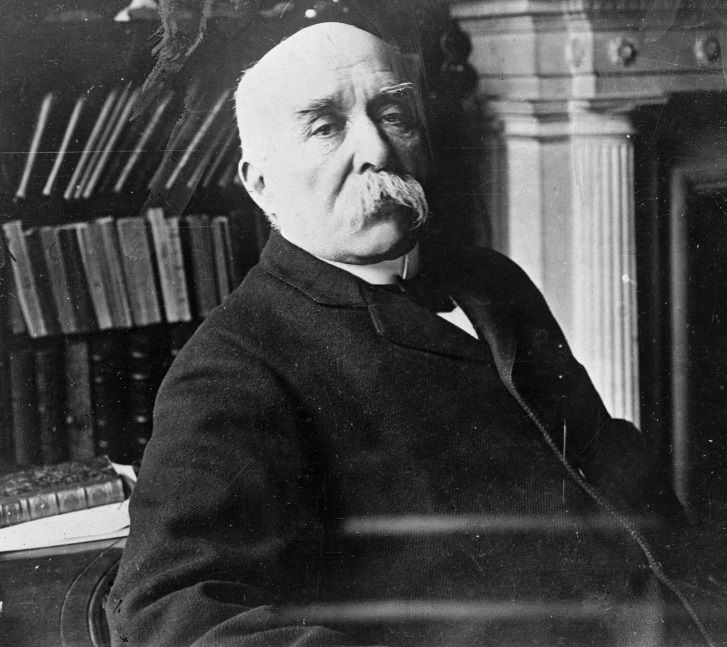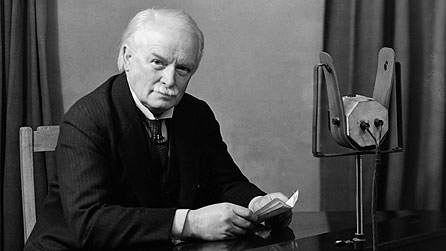
"Big Three," Hulton Archive, 1919
Allied leaders (Woodrow Wilson of the U.S, Britain's David Lloyd George, and Georges Clemenceau of France) dominated peace treaty creation.
"We want a peace which will be just, but not vindictive... Above all, we want to protect the future against a repetition of the horrors of this war."
- David Lloyd George, British Prime Minister (1919)
Fearing Germany, because of invasion twice in fifty years, France prioritized security. Economic damage and casualty suffrage made Clemenceau firm about punishing Germany through reparations.
"Fourteen Points? The Good Lord only gave us Ten, and do we abide by those?"
- David Lloyd George, British Prime Minister (1919)

"Portrait of Georges Clemenceau," Bettmann, 1919

"David Lloyd George," BBC Wales History, 1945
Lloyd George's perspective represented Britain's minor war damages and heavy casualties. He wanted ethical peace to preserve Germany and Britain’s trading relationship but harsh enough to satisfy his people.
"You are not going to get peace with millions of armed men. The chariot of peace cannot advance over a road littered with cannon."
- David Lloyd George, British Prime Minister (1919)
Their perspectives reflect the ideology of projecting power through expansion, imperialism.
However, President Woodrow Wilson’s argument reflected his Fourteen Points, addressing a world organization’s formation to create a communication method among nations to provide security and deter war.
"I am not asking for a soft peace but for a righteous peace."
- Woodrow Wilson, U.S. President (1919)

"Portrait of Woodrow Wilson," Associated Press, circa 1900